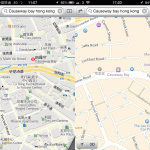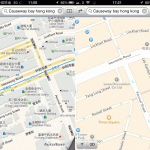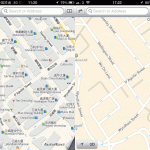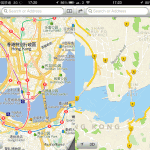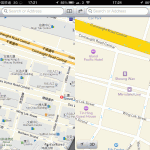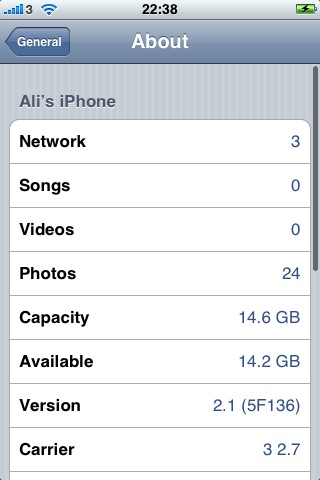With the great success of the iPhone and iPod Touch, you’d think Apple would be sitting pretty as the king of wireless networking. Plus, Apple has a reputation for making relatively complicated tasks more user friendly by having more streamlined UI than the competition.
However, my experience with Apple’s networking products has been pretty disappointing. Not because they don’t work well (they do), but because they are the most confusing and user-unfriendly wifi products I have used, ever.
My first foray into Apple’s wifi products was the Time Capsule. The idea behind this is excellent, to have NAS built into the router so that backup for Mac users is painless by just having to flip a switch to turn Time Machine on. Whether the user is plugged in or not, this still works behind the scenes, eliminating the biggest barrier to having regular users back up.
The idea is great; the implementation, well, not so smooth. Out of the box, the Time Capsule seemed to work okay, until I tried connecting via wifi. This didn’t work at all, no matter what I did. It would connect, and then drop, and I’d then have to reset the router and then rinse, repeat, ad infinitum. I found others on forums had the same problems, with no solution. In the end, this magically started working a few weeks later with a firmware update to 7.3.1. That’s nice, but you’d think that basic wireless connectivity would have been better tested before release.
Today I picked up an Airport Express so that I could extend the range of the network to cover our entire apartment. This device also shipped with what I would consider broken firmware, and I had to upgrade to 7.3.1 before it would do anything useful. It’s now working okay (I think), but only after about an hour of tinkering.
My main beef with Apple is that the documentation is so simple. When it works, it works great. When it doesn’t work, you just have to scratch your head and go to Google, because God forbid Apple have any useful troubleshooting resources online to scare the non-tech saavy users away.
One point which I find thoroughly confusing is that the Airport Express has an option to either participate in a WDS or to “Extend wireless network”. Both of these options appear to be variations of the same thing, but I can’t figure out what the difference is between the two of them. A lot of people are asking the same question.
After a lot of searching, I still don’t know what the difference is, except that maybe the option to “Extend wireless network” is sort of like WDS on steroids. However, I have no idea and there’s no information on this that I can find. Apple doesn’t explain this anywhere either, even though both the options are obviously different.
The most important question I have which is as yet unanswered is whether either of the two options supports seamless handover of clients between different access points on the same network.
Long story short: Apple wifi products work great once they’re configured. Good luck trying to get them configured correctly.
